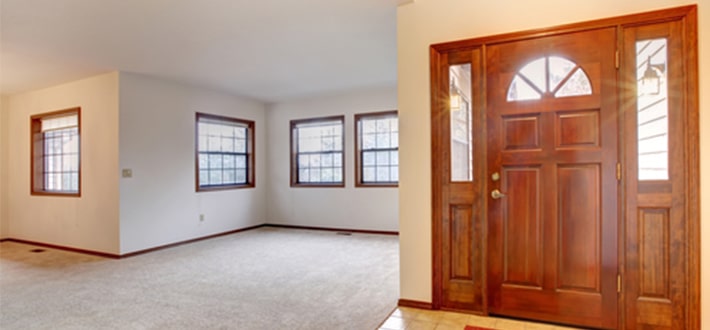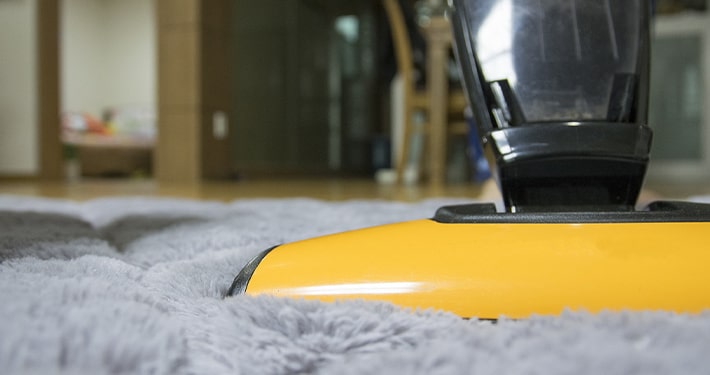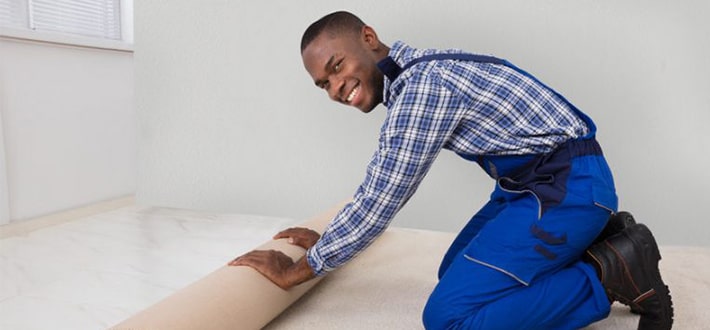The combination of tile and carpet makes for a nice overall feel to your floor and the entire space. The clean profile of the tile juxtaposes nicely with the rougher texture of the carpet. However, you have to get the transition just right. Otherwise, it will look like the carpet was just slapped down on top of the tile. Here are a few options that can make it so the transition looks just right.
The Invisible Transition
You can install carpet over a tile floor in a way similar to how you would do it with a wood floor. You can use tack strips that go underneath the carpet. For tile, you will have to use masonry nails to secure the tack strips, but they’re designed to make the installation nearly as easy as doing it on a wooden surface.
To make this transition, you have to put the tack strip about half an inch back from where the tile and carpet are going to meet. You then cut away the carpet’s backing and fold the edge of the carpet over. Then you use a knee nudge to gently stretch the carpet. This will make it so the natural elasticity of the carpet pulls back on it, helping the teeth of the tack strip dig in and secure the carpet’s position. You can further secure the carpet in place using staples that fit in between the carpet’s fibers, hidden from sight.
Transition Strips
Transition strips are a simpler way of joining a tiled surface and a carpeted one. In addition to their simplicity, they also come in a variety of different styles and materials. You can surely find a transition strip that matches the look of your room, carpet, and tile. The three main materials are wood, metal, and vinyl.
Wood may be a good choice if the tile you’re installing has a wood look to it. You can even search for a transition strip with a complementary grain to make the transition look even more seamless.
Metal is a great choice, not just for its durability but for its versatility. Metal comes in a variety of finishes. You can take a sample of your tile and carpet to the store and figure out which type of metal transition strip does the best job of complimenting both surfaces. Metal could also be used to accentuate metal finishes on door hardware, furniture or accessories like lamps.
Vinyl is a more economical choice than wood and metal. It may also be preferable because of its resistance to the warping, rusting, or corrosion to which the wood and metal may be susceptible. Also, because it is so inexpensive, it can be easily replaced in a high traffic area where the transition gets a lot of wear and tear.
Regardless of the transition you choose, it’s going to make your tile/carpet combination look polished and impressive. Be sure to follow all installation guidelines carefully and have fun picking out the perfect transition.






